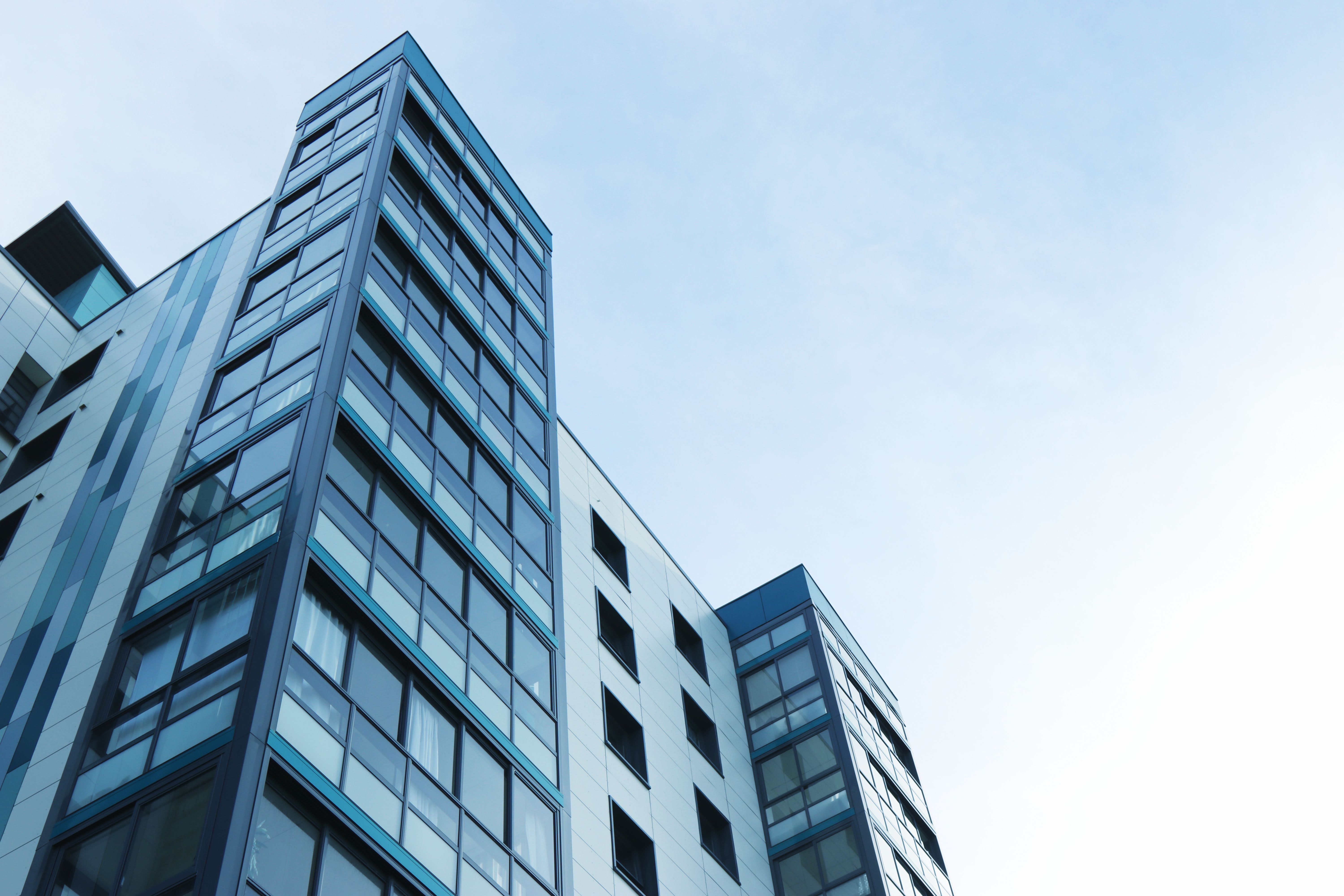How the City Can Fill Up its ‘Live, Work, Play’ Communities

This article appeared in the August 9, 2017 edition of the Baltimore Business Journal.
“Expansion; always, in all ways.” This quote from Ryan Serhant, a real estate agent from Bravo’s “Million Dollar Listing,” seems to be the motto for real estate developers and investors in Baltimore City in recent years.
The neighborhoods across the city — Canton, Federal Hill, Harbor East, Fells Point and Hampden — have seen a large increase in mid-level to luxury apartment complexes, as well as “live, work, play” communities such as the Porter Brewers Hill, 414 Light Street, Anthem House and McHenry Row.
While all of this seems to paint a positive picture for Baltimore, the question remains: do we have enough high sustainable income to fill the thousands of apartments flooding the market, or are we too optimistic? Is Baltimore creating new jobs at the same or faster clip? Are enough transplants moving here to fill the leasing and investment needs?
Research conducted by the Economic Alliance of Greater Baltimore shows economic growth in the city. Baltimore’s employment and wages have been strong over the last five years, with the addition of 9,000 jobs and a 13 percent increase to the area’s average pay.
However, according to data from ArcGIS Business Analyst, population levels started to slowly decline over the last five years, as migration out of Baltimore begins to outweigh natural population growth. And while downtown neighborhoods saw a decrease in vacancy over the last seven years to below pre-recession levels — shrinking from 14 percent to 12.7 percent — the city as a whole has actually seen an increase in vacancy rate — growing from 15.8 percent to 17.7 percent.
While investment increased after the recession and more people moved back into the city to be closer to work and desirable amenities, this growth could be showing signs of slowing, and it is unclear whether the market will support the growing supply of apartments and condos.
According to the U.S. Census Bureau, the ratio of Baltimore’s owner-occupied units, or units in which the property owner is also the active tenant, as compared to rental units has been steadily declining. Owner-occupied units have decreased from 50.7 percent in 2009 to 44.8 percent in 2015. This could indicate that people are less reliant on purchasing property and planting their roots in Baltimore long-term.
For starters, more than 54 percent of people living in these downtown neighborhoods have at least a bachelor’s degree, leading to higher income levels, a stronger economy for the region and greater attractiveness to current and prospective buyers. In fact, over the last five years the portion of the population making more than $75,000 annually has increased by 32 percent, which is consistent with other mid-Atlantic cities such as Philadelphia, Richmond and Pittsburgh.
With Baltimore having world-class health and hospital institutions, a thriving port and a strategic location along the I-95 corridor close to Washington D.C., the city is poised to thrive in the 21st century. The city’s community engagement is also seeing growth with cultural activities such as Artscape and Light City and the introduction of the bike-share program and a boom to the foodie scene.
As we continue to develop our workforce by providing high-quality jobs and developing strong talent, the demand for luxury apartments and “live, work, play” communities should grow. While this growth won’t happen overnight, we all know that Baltimore is, and will continue to be, a resilient city, and as a business community, we must continue to push for a better future footprint for all.
As we approach 80 years, Ellin & Tucker remains firmly in the room, driven by a legacy of excellence in teamwork, leadership, and service. Our strength has always been in our people, and together, we’ll continue to stand with the next generation of difference-makers and leaders, ready to shape the future.